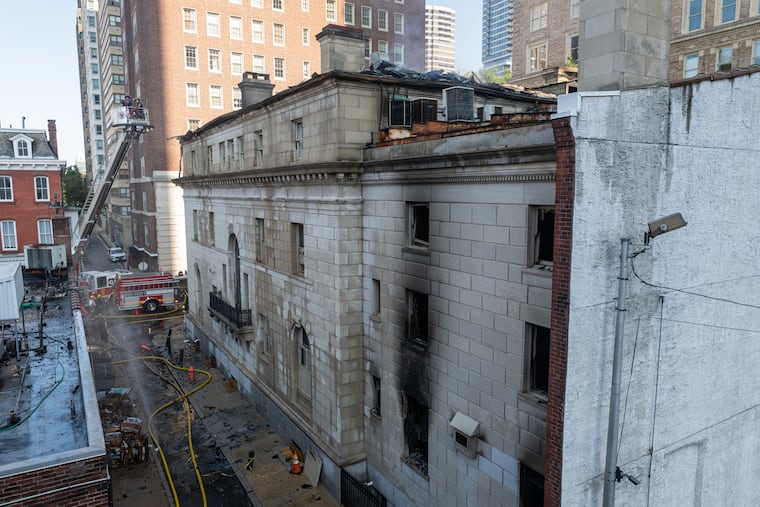Racial disparities increase in enrollment at specialized high schools in New York City.
New York City’s specialized high schools have encountered renewed scrutiny as recent admissions data reveals a decline in offers extended to Black and Hispanic applicants. Official figures indicate that only 3% of offers were made to Black students and 6.9% to Hispanic students this year, a decrease from the previous year’s rates of 4.5% and 7.6%, respectively. This regression counters the small improvements observed in the previous admissions cycle and highlights ongoing racial disparities prevalent within these prestigious educational institutions.
The specialized high schools, recognized as elite within the city’s educational framework, have long been criticized for their admissions practices, which have failed to adequately reflect the demographics of the broader public school population. Black and Hispanic students constitute nearly two-thirds of the city’s school enrollment, yet their representation within specialized programs remains significantly lower.
Central to this debate is the reliance on a singular admissions test, the Specialized High School Admissions Test (SHSAT), which governs entry into eight of these schools. Among them, five institutions, including the renowned Stuyvesant High School and Staten Island Technical High School, offered admissions to only a handful of Black students this year, according to the recently released data.
Approximately 26,000 eighth graders participated in the SHSAT, with over 4,000 securing admission based on their scores. Notably, the majority of high scorers were either Asian or white, with 53.5% of admissions going to Asian applicants and 25.9% to white students. Concerns have been raised, particularly among Asian families, regarding any proposed changes to the admissions process that might reduce their representation within these schools.
The issue of racial inequality in admissions has gained prominence, especially following recent discussions surrounding the contracting of the organization responsible for the SHSAT. The renewal was tabled twice before ultimately receiving approval by the Panel for Educational Policy, the body responsible for overseeing educational standards in the city.
Current debates surrounding admission practices have drawn mixed responses from political figures. Mayoral candidate Zohran Mamdani, an alumnus of Bronx Science, indicated his support for an independent analysis of the SHSAT despite his stance against altering the current admissions framework. Meanwhile, former Governor Andrew Cuomo has advocated for improved access to test preparation resources for aspiring applicants.
Mayor Eric Adams has taken a more reserved approach regarding the contentious topic, focusing efforts on creating additional accelerated high schools within diverse communities, including new institutions like the Bard High School Early College that prioritize local populations. These new schools have demonstrated a commitment to inclusivity, with the inaugural class of the HBCU Early College Prep in Queens consisting predominantly of Black students.
Despite the challenges posed by the admissions landscape, data shows that a greater proportion of high school applicants were matched with their first-choice schools this year, with 59% of the 72,000 applicants successfully attaining their top-ranked preferences, an increase from 51% in the previous cycle. Only 3% of rising high schoolers were assigned to schools not listed on their applications, a notable improvement from the previous year.
The recent release of this admissions data heightens the ongoing discussion about equity and representation in New York City’s specialized high schools, a topic that continues to resonate deeply within the community as stakeholders seek to address systemic disparities in education.
Media News Source







